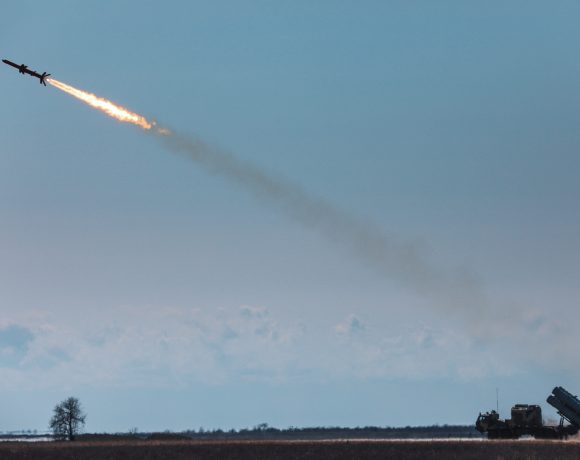
Israeli Airstrike Targets Gaza Hospital, 28 Killed in Sinwar Hunt
On May 13, 2025, Israeli airstrikes struck the Gaza European Hospital in Khan Younis, southern Gaza, in an operation believed to be aimed at eliminating senior Hamas commander Mohammed Sinwar. The attack resulted in the deaths of at least 28 people and injured over 40, sparking renewed global concern over the intensifying violence and its toll on civilians.
Gaza Hospital Strike
The targeted facility, one of Gaza’s major healthcare institutions, was severely damaged. Essential medical services were disrupted, and surgical operations were halted due to infrastructure damage. The hospital’s water and sewage systems were compromised, and rescue efforts were further delayed after a bulldozer brought in for repairs was also hit. Ambulances were reportedly unable to reach the site due to debris and ongoing strikes.
Israeli authorities claimed the strike was directed at a Hamas command center allegedly operating beneath the hospital. They deployed bunker-busting munitions in the mission, which reportedly aimed to neutralize Mohammed Sinwar, the new military wing leader of Hamas following his brother Yahya Sinwar’s death in October 2024. However, his fate remains uncertain.
Escalating Israeli Operations in Gaza
This incident is part of a wider military escalation. A day after the hospital strike, at least 70 more Palestinians, including 22 children, were reported killed in separate airstrikes on Jabaliya in northern Gaza. Israel has declared its intent to continue operations until the Hamas infrastructure is fully dismantled, intensifying fears of further civilian casualties and destruction.
International Condemnation and Humanitarian Fallout
The international community has reacted with alarm. French President Emmanuel Macron denounced the ongoing blockade of Gaza as a humanitarian disgrace and urged the immediate reopening of crossings to allow aid convoys to reach affected civilians. Human rights observers have raised grave concerns about the repeated targeting of medical facilities and the broader impact on Gaza’s already fragile health infrastructure.
The situation on the ground continues to deteriorate. Hospitals are overwhelmed, power and water shortages are acute, and displaced civilians are struggling to access basic necessities. As airstrikes continue, questions are mounting over adherence to international humanitarian law and the ethical limits of military action in densely populated urban areas.
With no immediate ceasefire in sight, Gaza’s civilians remain trapped between military objectives and humanitarian collapse.


















